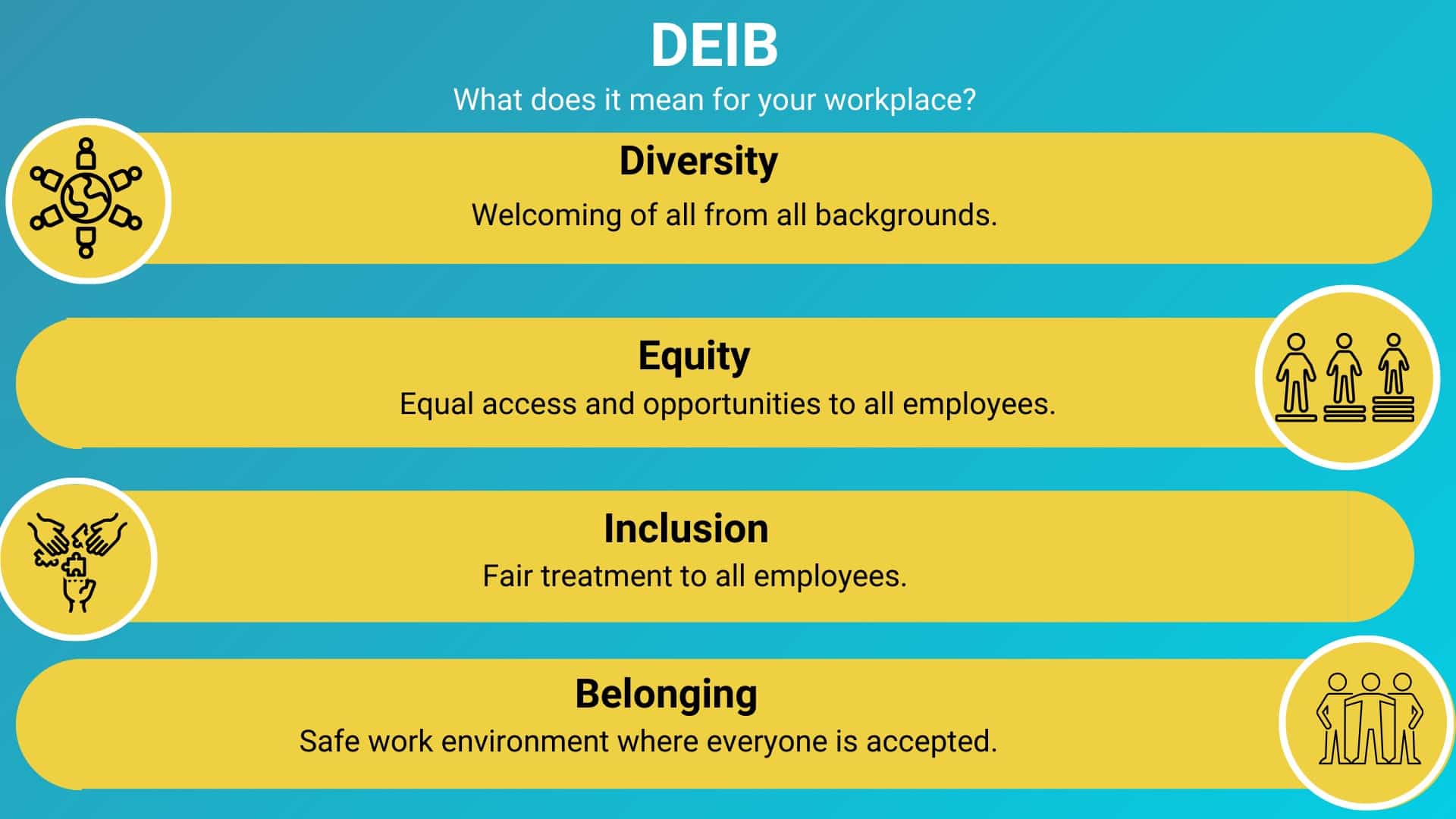Australia Risks Leaving Women Behind in the AI Revolution

As AI accelerates globally, the risk for Australia is not just falling behind in terms of infrastructure or investment.
It’s the deepening cultural divide over who adopts this technology, how and when, and what impact that has on the future of work. While Australia’s focus recently has been on the speed of change and our technical capacity, we need to have a closer look at the cultural fault lines that AI is revealing.
One of the most glaring is the growing gender gap in AI adoption. Our existing workplace cultures are reinforcing patterns that risk leaving women behind. If we don’t start to take action to address this, it could have long-term, serious consequences. A recent Harvard Business School study, Unequal Adoption of Generative AI, found that men are more than twice as likely as women to use AI tools at work. Men are more likely to lead integration efforts within teams they manage, experiment and advocate for AI adoption.
The study says this isn’t driven by capability, but predominantly by culture and confidence.
Women reported lower psychological safety when trying new tools, especially in environments where mistakes are visible and risk-taking is unevenly rewarded. Women don’t feel as though they have the safety to try, take risks and potentially fail, especially in a workplace setting. In my experience working with a large number of Australian businesses, the “fail fast” mindset still seems reserved for male-dominated leadership styles.
These technologies are not hypothetical; they are already being built into everyday tools and deployed at scale in companies around the world. We’re seeing a shift from chatbots and customer-facing tools to agentic AI; intelligent systems that can make decisions, take action, and optimise outcomes with minimal human input. AI is fundamentally transforming how businesses run, which makes inclusion all the more important.
This move is also creating a new kind of tension: engineering and product teams, often more male-dominated and technically confident, are driving the implementation of AI tools that have major implications for functions in other parts of the business that they may not fully understand. Tools are being rolled out to internal teams, like HR, marketing, and operations, without those teams always being involved in the design or decision-making process. This misalignment between internal teams risks slowing adoption, embedding inequalities around these technologies, and creating resistance from teams.
The net result? The technology is advancing rapidly, but who has access to it, is shaping it and is using it proficiently can end up being deeply unequal. The result is straightforward, but staggering: a growing divide in who gets hands-on experience with the systems shaping the future of work.
Although this will have individual consequences, it goes far beyond that. If women are not engaging with AI tools at the same rate as their male counterparts, they risk being excluded from the systems and decision-making processes that define the next era of growth. Companies also stand to lose the diversity of thought and input that is critical in times of disruption. Entire sectors risk compounding inequality under the guise of innovation.
So what can be done about all of this, particularly from the standpoint of workplace culture?
Firstly, organisations must create safe, visible pathways for experimentation. That means encouraging removing the stigma around failure, being deliberate about inclusion and fostering curiosity. This is particularly important for women, who report lower levels of psychological safety and are concerned about judgment if they don’t get something right the first time. That fear of visible failure can stifle experimentation, which is exactly what AI adoption requires.
Secondly, we need to challenge our assumptions about who AI is for. If AI is part of the future of work, which we now know it is, it must be for every role, in every business. The idea that it is solely the domain of engineers, developers and innovation teams– and can exist in some sort of silo– is a narrow view that creates further distance between many women and AI. It’s also vital that AI solutions are being built by people who know the day-to-day business of an organisation, and not just those who know the technology. This also prevents the tension that can develop where internal teams are misaligned on who is responsible for AI.
Lastly, investment in leadership is crucial to manage this messy, difficult period. Leaders don’t only need to understand the technology, but to model a growth mindset; one of curiosity, adaptability, and shared learning. Investing in psychological safety and improved culture will also build teams that are more resilient and can communicate better. Leaders who are able to lean into uncertainty will encourage their teams to do the same.
Australia still has time to lead in the AI and innovation space, but only if we make the right investments now. We need to invest as much in the people, mindsets, and culture as we do in the data centres, infrastructure and technology. If we want an AI-enabled future that reflects who we are, we need to make sure the whole workforce is empowered to help shape it.

Inclusive Leadership: The POWER Framework for real change
The Culture Equation

Pump the Pulse to Pursue the Purpose
The Culture Equation


